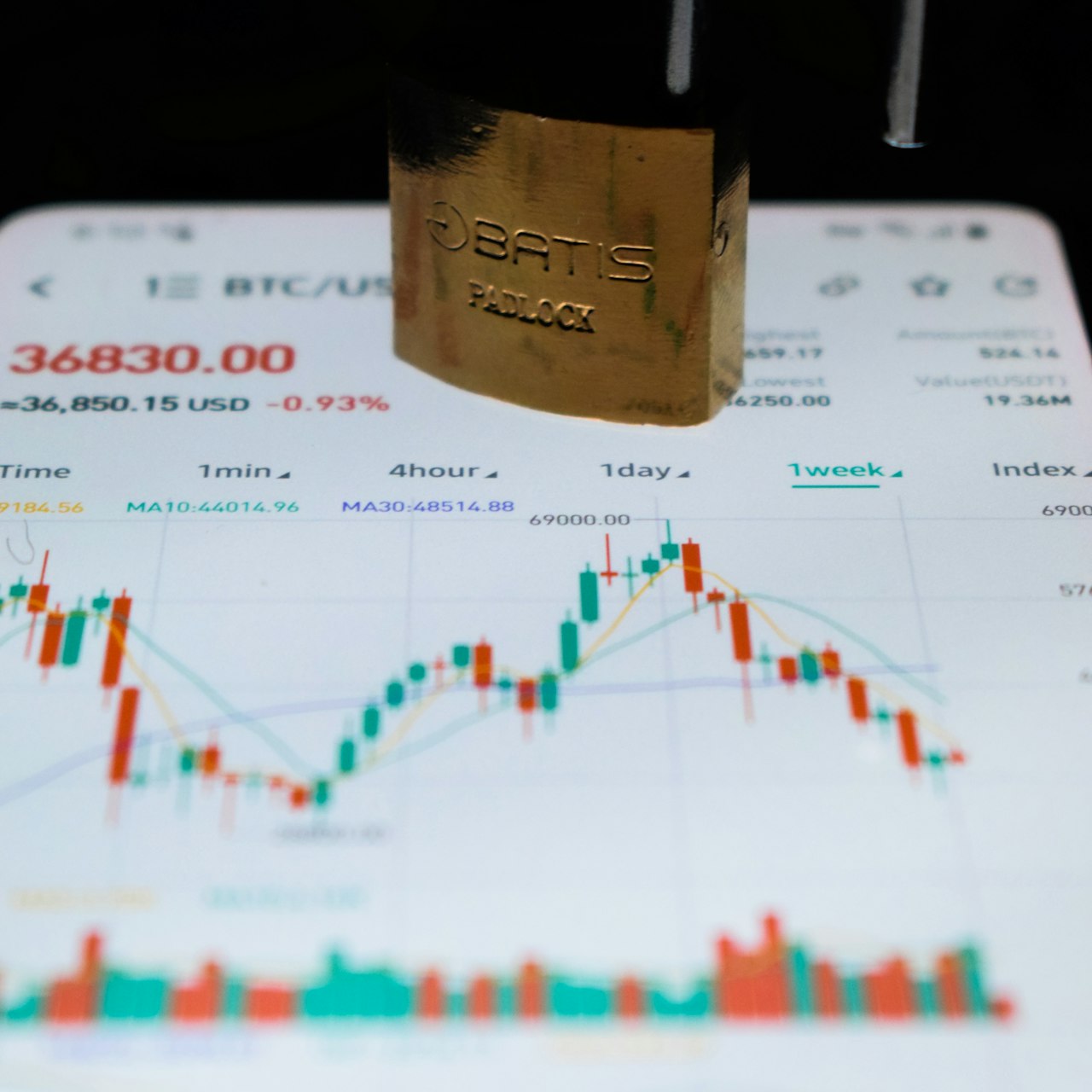In conditions of an unstable economic environment, investors are increasingly paying attention to financial actions as a reliable capital protection tool. Understanding how the banking sector and other financial institutions can become a barrier for risks is important for the successful management of the portfolio. In this article, we will consider key factors explaining the rubble of financial securities, as well as offer Practical Tips for their use.
1. Transparency and supervision
Financial companies are subject to strict regulation and supervision by state bodies. This creates high standards of capitalization, liquidity and risk management. Thanks to this, investors in Stock Market Get:
- Clear reports: regular publication of balance and profit reports;
- Stress testing system: stability checks for peak loads;
- State guarantees: Loster insurance schemes and systemic stability support.
2. Dividend attractiveness
Many financial institutions pay stable dividends even in hot periods. This creates an additional buffer against market volatility. In a crisis situation, dividend yield acts as a source of regular income, which is especially important for investors oriented to long -term income.
3. Diversification of income
The banking sector and insurance companies form revenue from several directions:
- Interest income from lending and deposits;
- Commission for transactions and brokerage services;
- Investment activities and asset management.
Such a variety of sources of income allows financial actions to soften the negative impact of one market segment due to the positive dynamics of another.
4. Leader of the liquidity membrail
During periods of increased uncertainty, liquidity becomes a decisive factor. Financial institutions are key participants in Stock Market - they provide the purchase and sale of assets, support quotes and contribute to the uninterrupted functioning of trading floors. Their ability to quickly adapt to the conditions of liquidity deficiency protects both the sector itself and investors.
5. The role in the financial cycle
Financial actions are traditionally among the first assets responding to a change in interest rates and credit conditions. It is banks and investment funds that set the tone to the cycle of economic activity. Therefore, a competent strategy for building a portfolio provides for the inclusion of representatives of the sector in the early stages of the restoration of the economy.

Practical recommendations for investors
To use financial papers in the best way, pay attention to the following Practical Tips:
- Assessment of management quality: study management experience and the history of anti -crisis decisions;
- Checking financial indicators: Analyze the adequacy coefficient (CAR) and liquidity indicators;
- Diversification inside the sector: Combine banks with different specializations (corporate, retail, investment);
- Temporary shopping windows: Look for moments of maximum sales with a general market fall;
- Comparison of dividend strategies: Focus on the stability of payment of payments even during the period of profit reduction.
How financial promotions help in Financial Decision Making
In a crisis period, the investor has to make decisions faster than at normal times. Financial companies provide transparent data to assess risks and capabilities. This allows:
- Quickly compare a few tools;
- Predict changes in interest rates;
- Correct the strategy in real time.
Secrets of a successful strategic approach
Strategic Investment in financial actions is based on the understanding of macroeconomic trends and internal indicators of the sector. Important:
- Monitor the policy of central banks;
- Evaluate the risks of fundamental fundaments;
- Analyze the dynamics of consumer loans and corporate loans;
- Take into account the influence of new regulations and prudent requirements.
Conclusion: Seizing Market Opportunites
Crisis periods are not only a threat to lose capital, but also the time of Seizing Market Opportunites. Financial actions, due to their stability, diversified sources of income and transparency, are a powerful tool for protecting the portfolio. Using the Smart Investment approach and taking into account all the mentioned aspects, you can significantly soften the risks and get stable income even in conditions of high volatility.
Integrating financial securities into your investment portfolio, you improve the Financial Decision Making and increase the chances of the successful passage of crisis periods.














